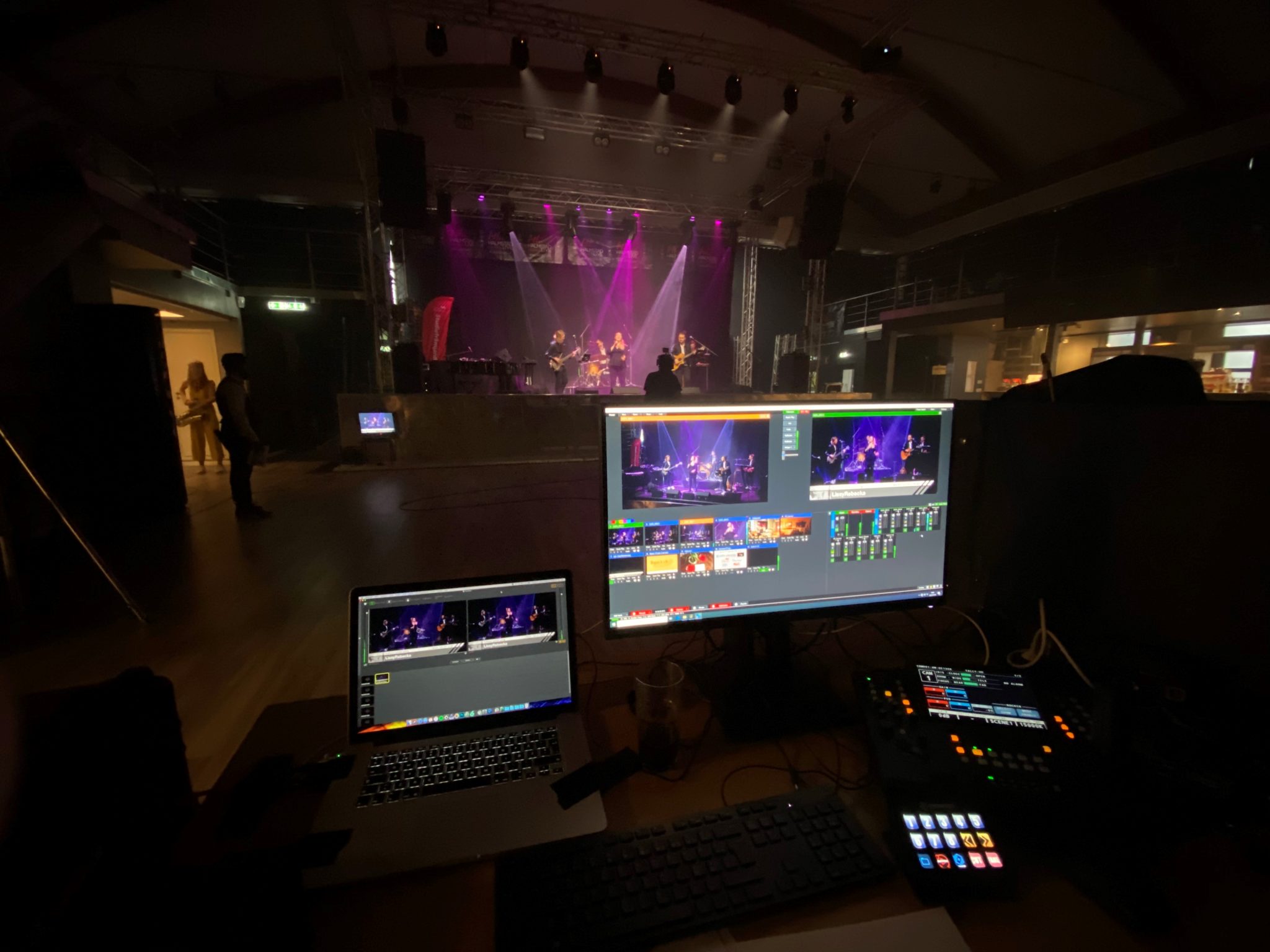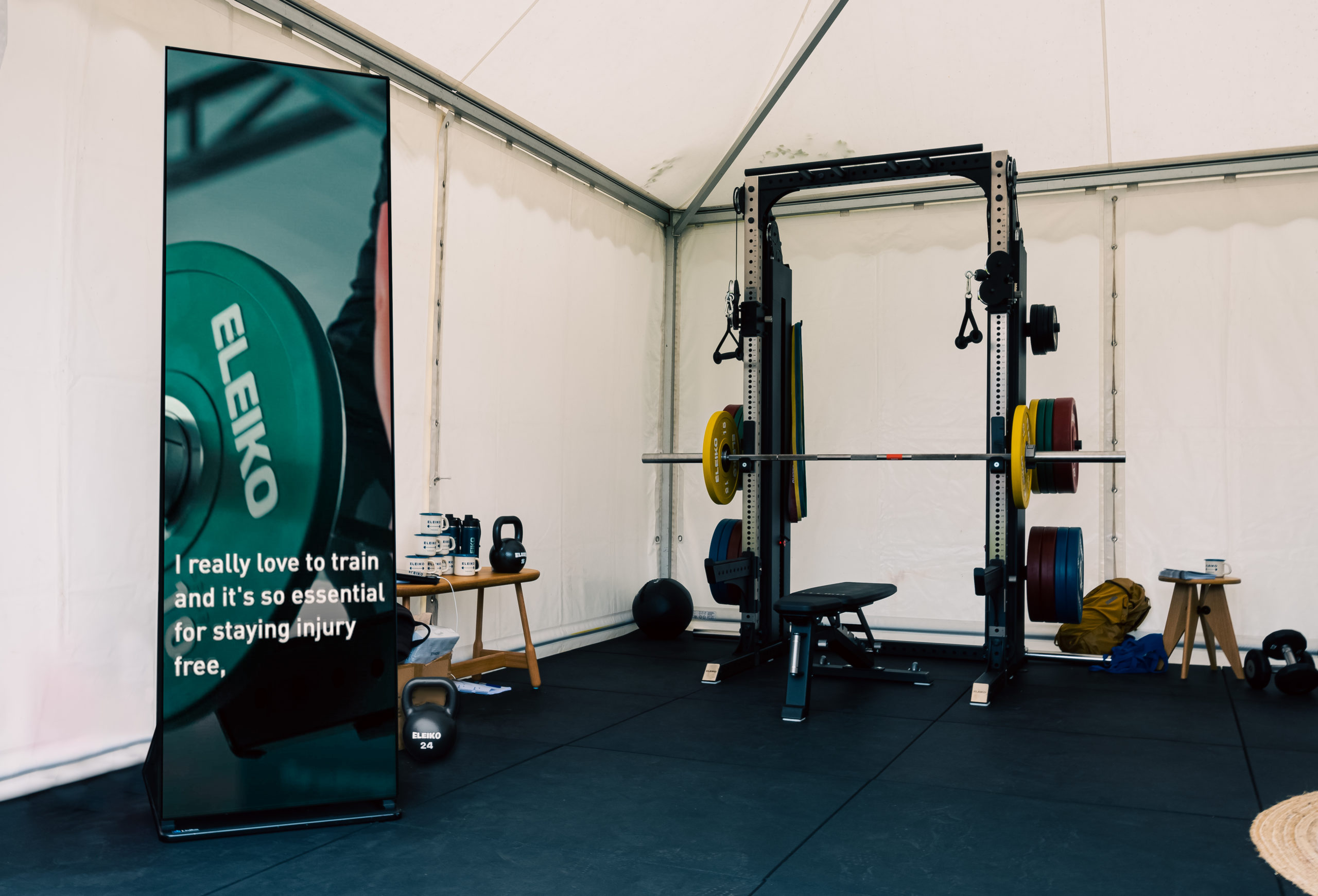How Mässteknik Enhances Event Experiences
How Mässteknik Enhances Event Experiences
Blog Article
Advertising may be the backbone of any successful company strategy, but choosing the right approach could be challenging. With the rise of advanced engineering, the debate between exhibition technology (mässteknik) and standard promotion practices has obtained momentum. This website explores the main element variations, advantages, and negatives of each to assist you produce an educated decision.
What is Electronic Signage?
Electronic signage employs electric shows, such as TVs, LED cells, and interactive touchscreens, to present ads, movies, and powerful content. It leverages digital technology to provide real-time messages to targeted readers in both interior and outdoor environments.
What are Conventional Promotion Practices?
Traditional promotion encompasses common sources like papers, publications, billboards, radio, and TV. This technique relies on produced or fixed images to communicate an email and capture interest in high-traffic places or mass press platforms.

The Event for Digital Signage
1. Involvement Through Energetic Content
In accordance with new studies, interest spans have reduced considerably in the past decade, posing a challenge for old-fashioned ads. Digital signage suits this importance of vibrant material, as 63% of consumers declare they discover movie content more interesting than static visuals. That interactivity ensures that messages tend to be more memorable.
2. Real-Time Revisions
With electronic signage, you can easily update your message at any time. Cutting-edge pc software enables firms to adjust promotions, presents, or notices quickly, which is great for fast-paced industries like retail and hospitality. Traditional advertising, but, is static and will take times (or longer) to change, that may stifle advertising agility.
3. Cost-Effectiveness Over Time
Digital signage could have an increased upfront investment, but it may save yourself fees long-term. Unlike standard printing practices that need repeated substance production and circulation, digital signage reduces recurring expenses by utilizing used screens.
4. Increased Targeting
By establishing advanced analytics, digital signage can modify material for unique audiences predicated on area, time, or demographics. As an example, involved shows can tailor advertisements to complement the preferences of these nearby.
The Debate for Old-fashioned Advertising
1. Bigger Take Particular Demographics
For many years, old-fashioned marketing has efficiently reached older census who are less inclined to activate with digital platforms. TV ads and radio ads still hold substantial sway among these groups.
2. Tangibility and Credibility
Produced components, such as for instance magazines or flyers, provide a responsive experience that some people find more trustworthy. Reports suggest that old-fashioned methods like print however produce people feel more connected to brands than fleeting digital ads.

3. Zero Addiction on Technology
Unlike digital signage, old-fashioned promotion doesn't count on energy or web connectivity. That independence causes it to be a reliable choice using conditions or below tough circumstances.
Which can be Greater?
The option between electronic signage and old-fashioned advertising heavily is dependent upon your organization goals, market, and budget. Electronic technology gives mobility, proposal, and customization, rendering it ideal for contemporary and fast-paced industries. On another hand, conventional promotion offers sustained influence and stays efficient for many demographics.
By weighing the good qualities and cons of both approaches, businesses can craft a designed marketing technique that most useful suits their unique needs. Report this page